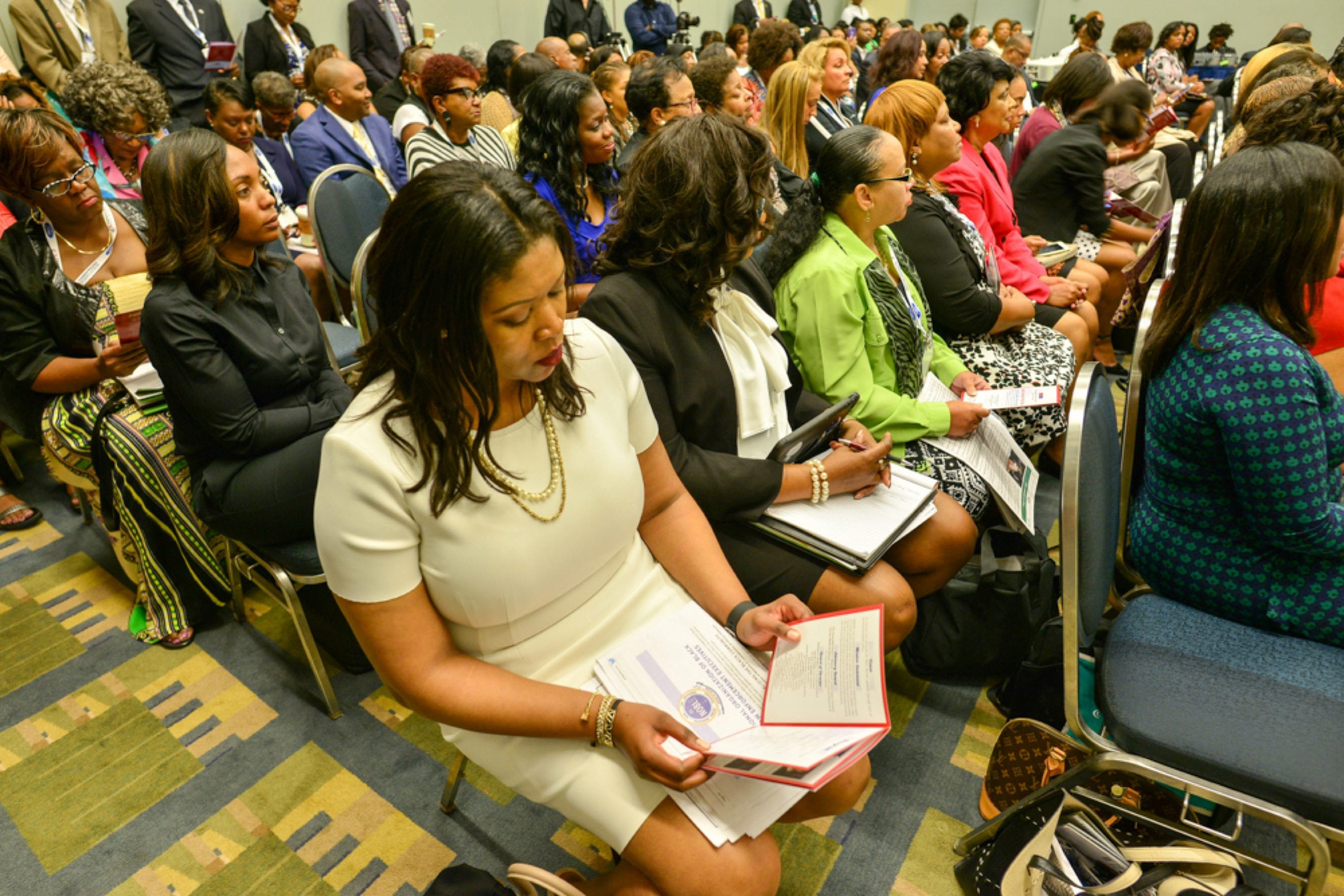By: d-mars.com
News Provider
BrandPoint: Ginger Chambless Head of Research, JPMorgan Chase Commercial Banking
Halfway through 2023, views on whether a recession is likely to occur before year-end are mixed. JPMorgan Chase’s 2023 Midyear Business Leaders Outlook survey found that 45% of business leaders anticipate a recession in 2023 or believe the economy is currently in one, down from 65% at the beginning of the year. However, 36% don’t expect a recession to happen, and 20% are unsure.
JPMorgan Chase recently surveyed U.S. midsize business leaders to understand their economic outlook and business challenges heading into the second half of the year, as well as how they plan to navigate the evolving landscape.
While stronger-than-expected economic growth to start the year may have impacted business leaders’ conviction of a recession, they continue to face ongoing macroeconomic challenges – including persistent labor shortages, inflation and increased competition – posing headwinds to their companies.
Preparing for uncertainty is never far from the minds of business leaders. The Midyear Business Leaders Outlook survey uncovered three ways they are positioning their companies for success.
1. Increasing Efficiencies
Particularly since the COVID-19 pandemic, business leaders have sought out greater efficiencies by investing in software and modernizing business processes to better facilitate collaboration and streamline operations. The rise of new and emerging technologies like artificial intelligence (AI) has increasingly moved onto business leaders’ radars.
The survey found that nearly 4 in 10 business leaders (38%) are already using or considering using AI tools, such as generative AI and language processing software. For businesses that have adopted or are considering adopting AI tools, more than half (53%) are integrating them into business operations, and 46% are tapping them for internal and/or external communications.
2. Adapting to Inflationary Pressures
U.S. inflation surged to a 40-year high of more than 9%, measured by the Consumer Price Index, at the midway point of 2022. This measure of inflation has moderated to 3% year-over-year as of June, marking a new two-year low. Still, rising wages and higher interest rates continue to pose challenges for business leaders. Labor markets remain tight and borrowing costs have risen sharply over the past year amid the fastest Fed hiking cycle in decades. Nearly 7 in 10 business leaders (68%) think the Fed has done enough to tighten monetary policy and should pause rate hikes in the current economic landscape.
While inflation is slowing, most business leaders aren’t yet seeing lower prices. In fact, nearly 8 in 10 business leaders (79%) say their costs of doing business have risen in the past six months.
While that is down compared with 91% at the beginning of 2023, inflation remains the single greatest factor in pricing decisions that ultimately influence the bottom line. As a result, businesses are passing higher costs on to consumers, as three-quarters of respondents (75%) say they’re likely to continue raising prices for goods and services.
3. Preparing for the Unexpected
Business leaders have demonstrated impressive resilience and adaptability despite new and ongoing challenges. The majority are confident in their company’s performance in the year ahead; yet, their confidence in the global and national economy remains tempered – just 15% of respondents are optimistic about the global economy, and fewer than 3 in 10 respondents (29%) are bullish on the national economy, though up from 22% at the start of the year.
As business leaders focus inward to shore up their own performance, many are planning to introduce new products and services (53%) and prioritize their most profitable products (42%) over the next 12 months. Other considerations for enhancing a company’s stability include maintaining strong liquidity and adequate cash balances.
Visit jpmorgan.com/midyear-outlook for more information on the 2023 Midyear Business Leaders Outlook survey.








